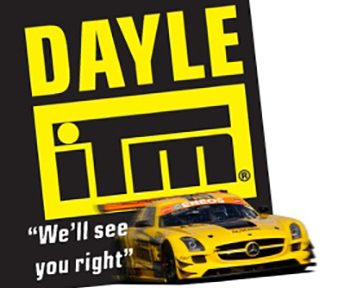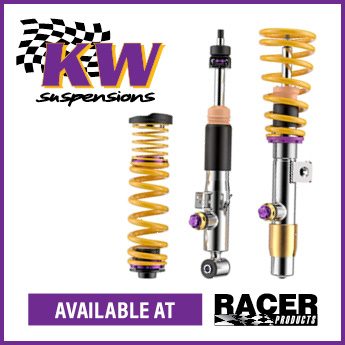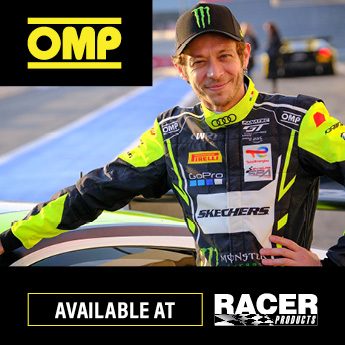Virtual Safety Cars (VSC) could be the way forward for motorsport safety in New Zealand, says HRC managing director Chris Watson.
In 2019, the 2K CUP became the first race class in New Zealand to implement the VSC into its competition successfully.
The VSC was launched by the FIA in 2015, with Formula 1 the first major race series to take on the system.
The idea of the VSC is to create a safe environment for marshals and track crews to recover and attend an on-track incident. However, unlike a full safety car, the VSC does not impact the leader as all cars must reduce to a set speed and maintain the margin to the driver ahead.
2K CUP began trialling with the VSC system to reduce safety cars upsetting a handicap race by essentially gifting faster cars with the chance to catch the leaders.
When deployed by race control, the VSC sees all drivers reduce to 60 kph and hold their race position and distance to the car ahead. Once the incident is clear, racing resumes as usual. 2K CUP has since used the VSC at several race events.
Because the VSC slows enforces cars to hold the margin to the car ahead, there exists the issue of recovery crews finding the necessary gap to enter the circuit and attend an incident safely. Therefore, full safety cars remain on standby at 2K CUP races should an incident require the entire field to be neutralised into one group.

Currently, no other class has tested using VSC’s as something to include in their category. But Watson says the system brings only advantages and could be the way forward.
“With the VSC, all cars slow immediately. So, there is no waiting for the leading car to be picked up or stragglers racing to catch up the group behind the safety car,” Watson told Velocity News.
“With the one-way radio, race control can immediately inform drivers of where the incident is. That ensures they know where to expect recovery vehicles may be on track.
“The same goes for ambulances and tow trucks. The Clerk of the Course (COC) can be sent out almost immediately once they see the field has all slowed down, not waiting for the safety car to pick up the leader.
“So, safety is clearly the main advantage. The COC instantly gets the entire field under control. It is a great system and could be used in other race classes.”
While driver and track safety is always the number one priority, Watson added that the VSC also helps ensure races stay on schedule as there is no longer a need for lengthy caution periods.
VSC’s also prevents handicap or reverse grid races from being disrupted with incidents.
“As a race organiser, the system has worked very well with no problems and allows the meeting to run much closer to schedule times,” he said.
“Handicap races are unaffected with the procedure as every car holds its position and the gap to the car in front. It is also very easy to identify drivers that have not slowed down to the necessary speed and can be penalised for doing so.
“As a COC it gives me a lot more control over the race being able to communicate directly with the drivers.”
















Works very well neil rose